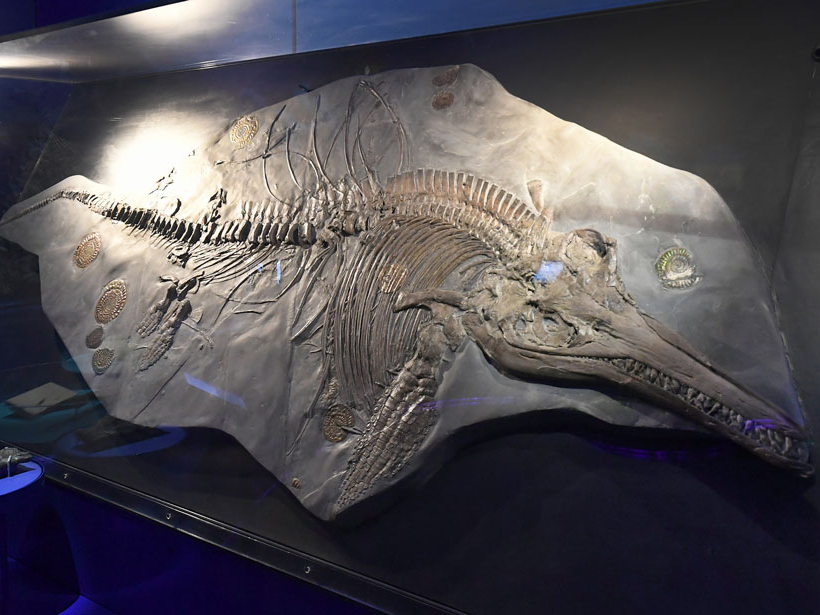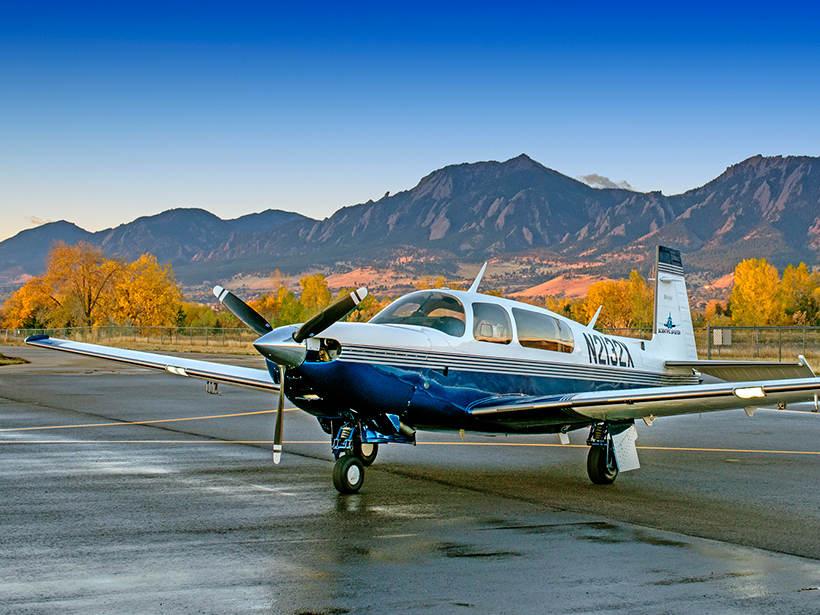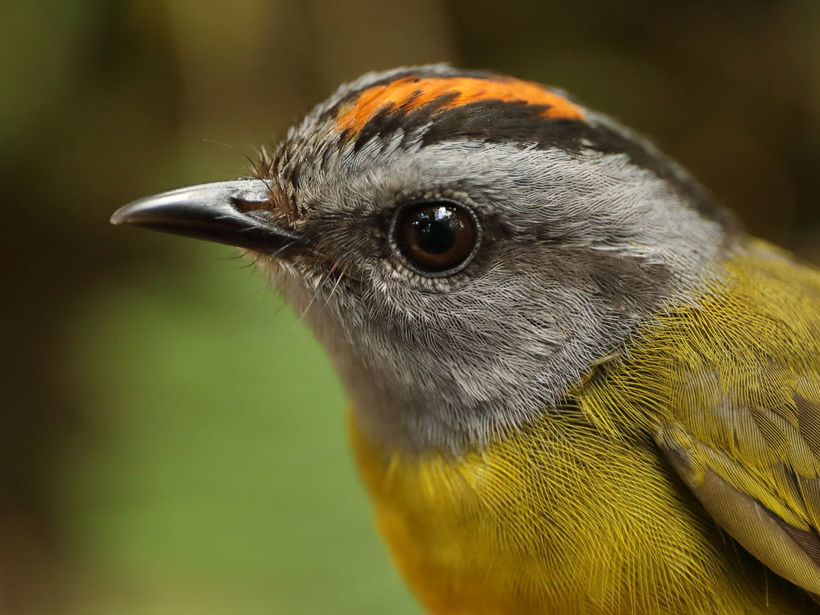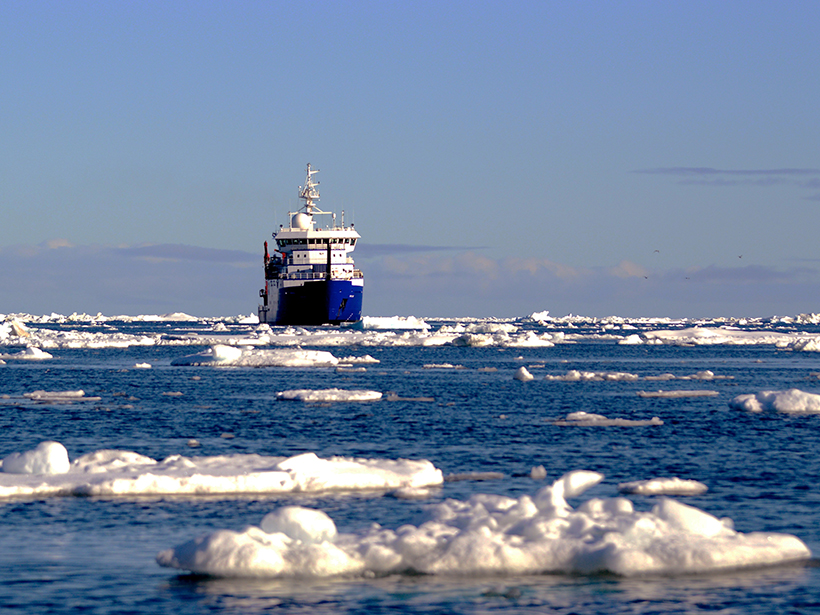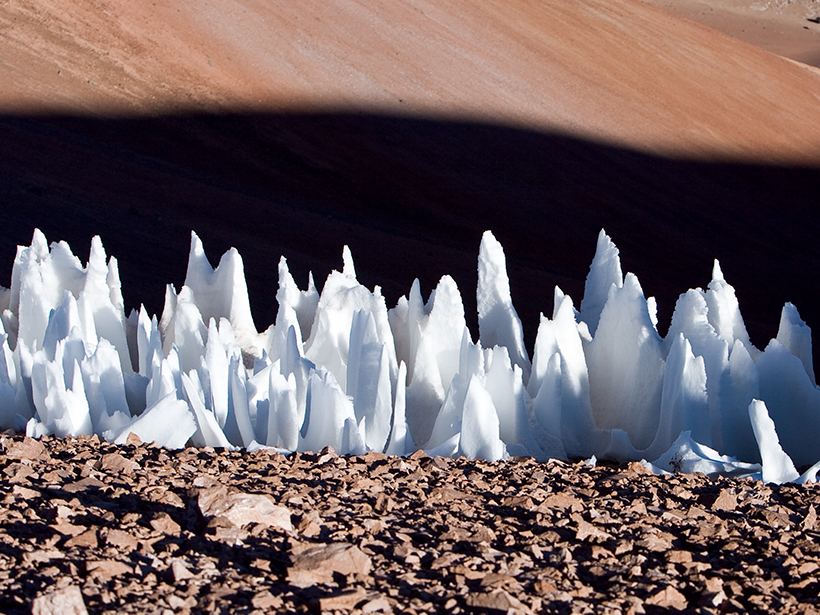Voters today will decide the fate of measures to increase renewable energy use, require larger buffer zones between people and oil and gas development, and establish a statewide carbon emissions fee.
News
How Did Life Recover After Earth’s Worst-Ever Mass Extinction?
Ocean animals at the top of the food chain recovered first after a cataclysm at the end of the Permian period. The extinction was triggered by events resembling the changes brewing in today’s oceans.
Girl Scouts Can Now Earn Space Science Badges
Young Girl Scouts can be explorers, adventurers, and investigators as they work toward badges that teach them about the Sun, the solar system, and the stars.
Free Flight Time for Projects in Atmospheric Sciences
Got an urgent or innovative project that involves collecting airborne data? A research flight company is donating an estimated $100,000 of its resources to help you.
Peruvian Mountain Birds Take an “Escalator to Extinction”
As the climate warms, tropical birds living in the mountains are retreating to higher elevations to avoid the heat. What happens when they run out of mountain slope to escape to?
Countries Urge Increased International Research in the Arctic
A joint statement from countries with interests in the Arctic emphasizes the need for scientific collaboration in this rapidly changing region but sidesteps attributing climate change to human activities.
Brine Pools Emerge as a New Place to Search for Life on Mars
Some pools of salty water on the Red Planet could contain enough dissolved oxygen for microorganisms and sponges to survive, new calculations suggest.
Trump Administration Advances Controversial Space Force Plans
The National Space Council moves ahead with plans to establish a new branch of the military, but a prominent Democratic congressman voices opposition.
Microplastics Found in Human Stool
Tiny slivers of plastic are making it all the way into humans’ guts and into their feces, a new study shows.
Huge Blades of Ice May Partially Cover Jupiter’s Moon Europa
Conditions are right for “penitentes” up to 15 meters high to form on the Jovian moon, new research shows. The spires might prevent a lander from exploring Europa’s equatorial region.


